In the dim glow of an oil lamp, a flat-cut donkey skin figure suddenly arches its back, raising a spear with improbable grace. This is no ordinary puppet—it’s a marvel of engineering where 1mm-thin hinges dictate movement. The joints of shadow puppets, often overlooked, are where centuries of biomechanical intuition collide with folklore.
Chinese artisans call these hinges "驴皮铰链" (donkey skin linkages)—not mere fasteners but kinetic translators. Each joint is a negotiation between rigidity and fluidity; too stiff and the puppet’s swordplay becomes jerky, too loose and its mourning gestures lose tragic precision. Master carvers in Gansu province still judge hinge tension by listening—the creak of properly cured donkey skin should mimic the sound of a bamboo leaf splitting lengthwise.
The crafting process is an alchemy of brutality and delicacy. Donkey hides are buried in damp soil for 27 days (one lunar cycle) to loosen hair follicles, then scraped with crescent knives until translucent. What emerges resembles stained glass forged from collagen. When a puppeteer manipulates three control rods simultaneously, these hinges transform into "silent ball bearings", allowing a single figure to simulate the whirling sleeves of a drunken poet or the tremors of a dying general.
Modern motion capture technicians would recognize the ingenuity—these puppets achieve 12 discrete movements with just five primary hinges, a feat comparable to early Disney animators’ "illusion of life" principles. The elbow joint alone rotates on two planes, enabling gestures from imperial scroll-painting poses to peasant labor motions. During the Tang Dynasty, rebellious puppeteers even developed concealed secondary hinges to make figures spit "blood" (silk-dyed water) during battle scenes.
Yet this art faces extinction. Synthetic replacements can’t replicate donkey skin’s unique memory elasticity—the way it gradually "learns" frequent movement paths. Contemporary puppeteers report that nylon hinges require 40% more manipulation force, destroying the ethereal quality central to shadow theater’s magic. As fewer craftsmen master the traditional techniques, each hinge becomes a tiny museum of obsolete biomechanical wisdom.
The true poetry lies in what these joints conceal. Unlike Western marionettes with visible strings, shadow puppetry’s mechanics disappear into darkness. When the warrior Guan Yu raises his crescent blade, audiences see only the weapon’s arc—not the three brass rings inside the shoulder hinge that distribute stress across the hide’s collagen fibers. This is theater as sleight-of-hand: the machinery vanishes so the myth may live.
Perhaps we’ve misunderstood these hinges. They’re not connectors but mediators—translating human tremors into epic gestures, converting the sweat of a puppeteer’s palm into the quiver of a lover’s farewell. In an age of digital immediacy, the donkey skin joint remains stubbornly, beautifully analog—a reminder that some silences dance louder than words.
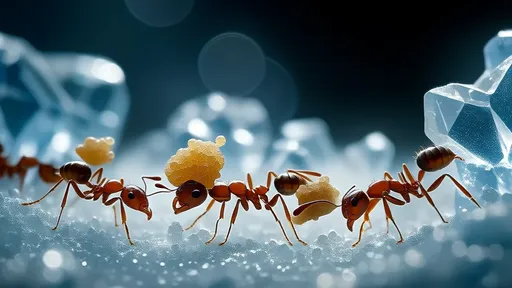
By /Aug 8, 2025

By /Aug 8, 2025

By /Aug 8, 2025

By /Aug 8, 2025
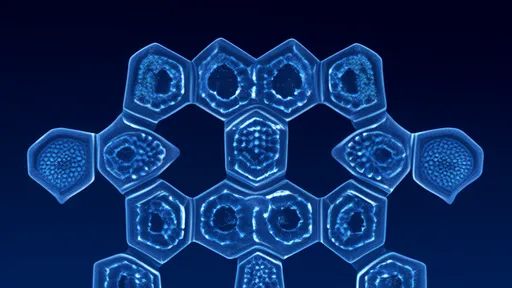
By /Aug 8, 2025

By /Aug 8, 2025
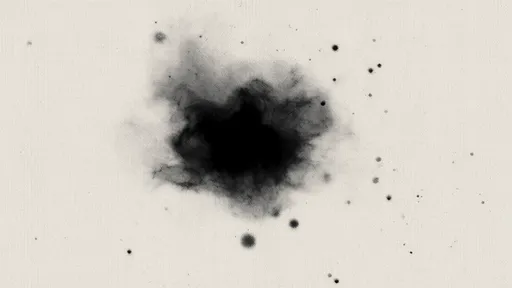
By /Aug 8, 2025

By /Aug 8, 2025
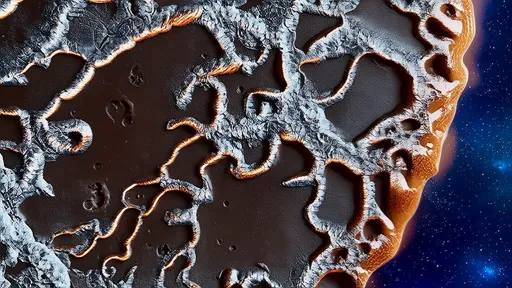
By /Aug 8, 2025

By /Aug 8, 2025
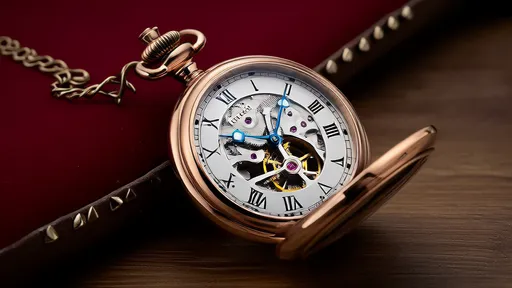
By /Aug 8, 2025

By /Aug 8, 2025

By /Aug 8, 2025

By /Aug 8, 2025

By /Aug 8, 2025
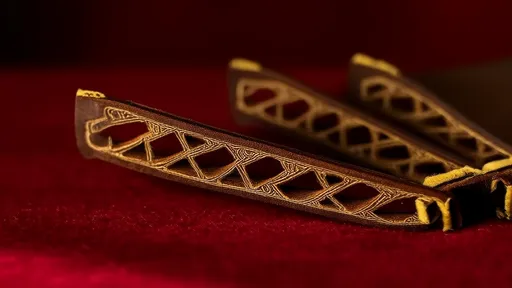
By /Aug 8, 2025
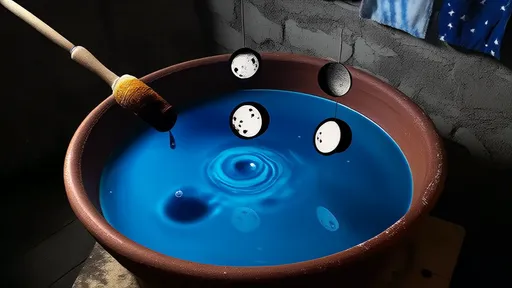
By /Aug 8, 2025
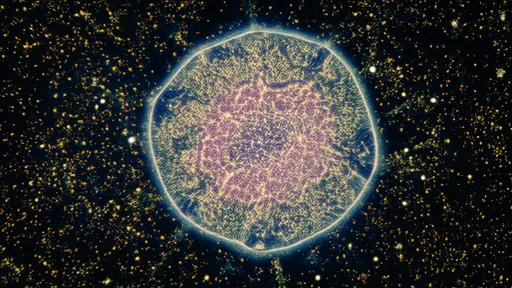
By /Aug 8, 2025

By /Aug 8, 2025

By /Aug 8, 2025